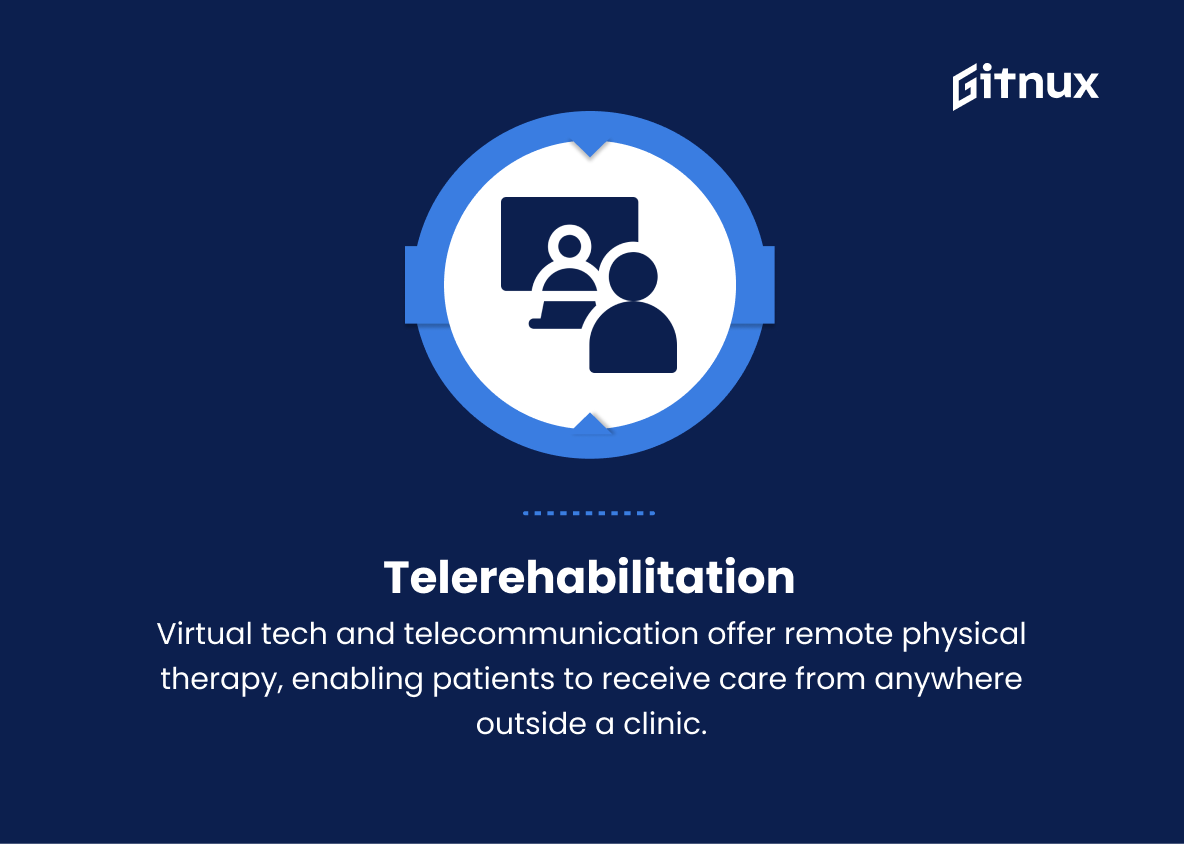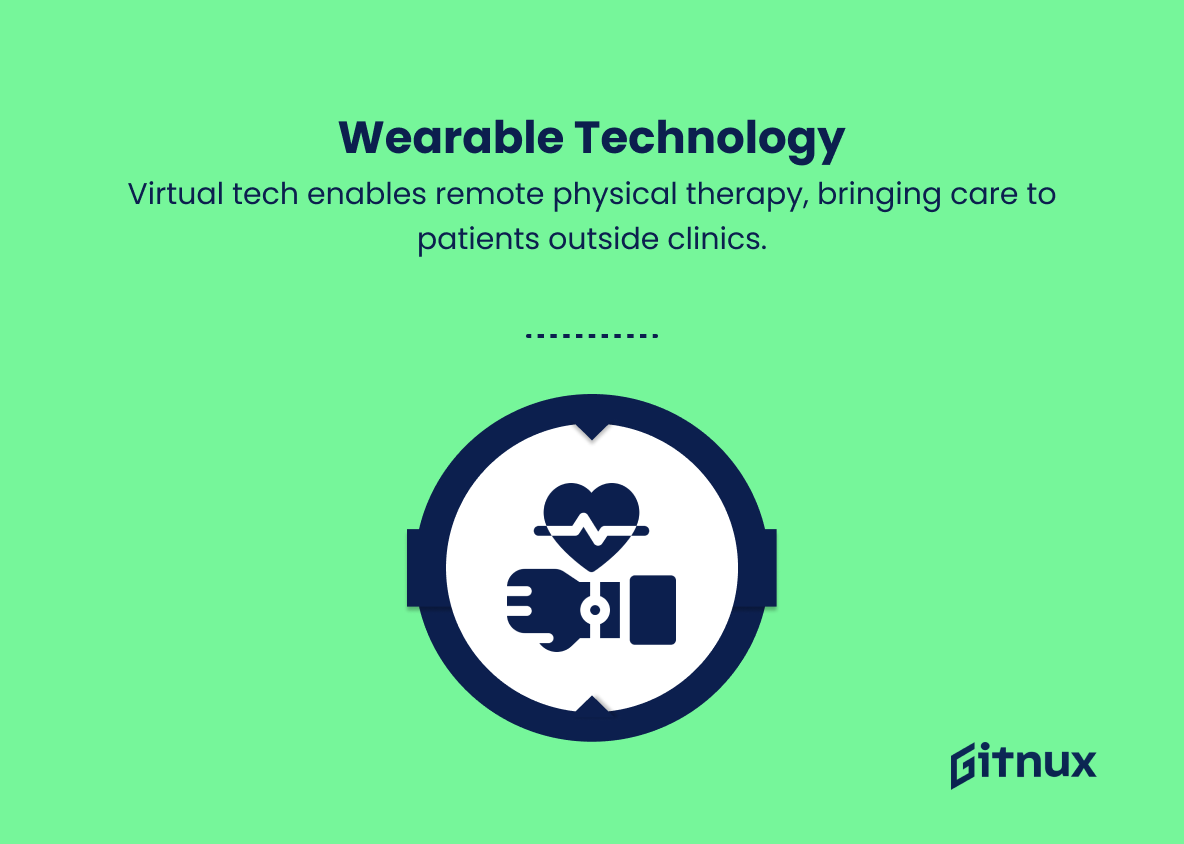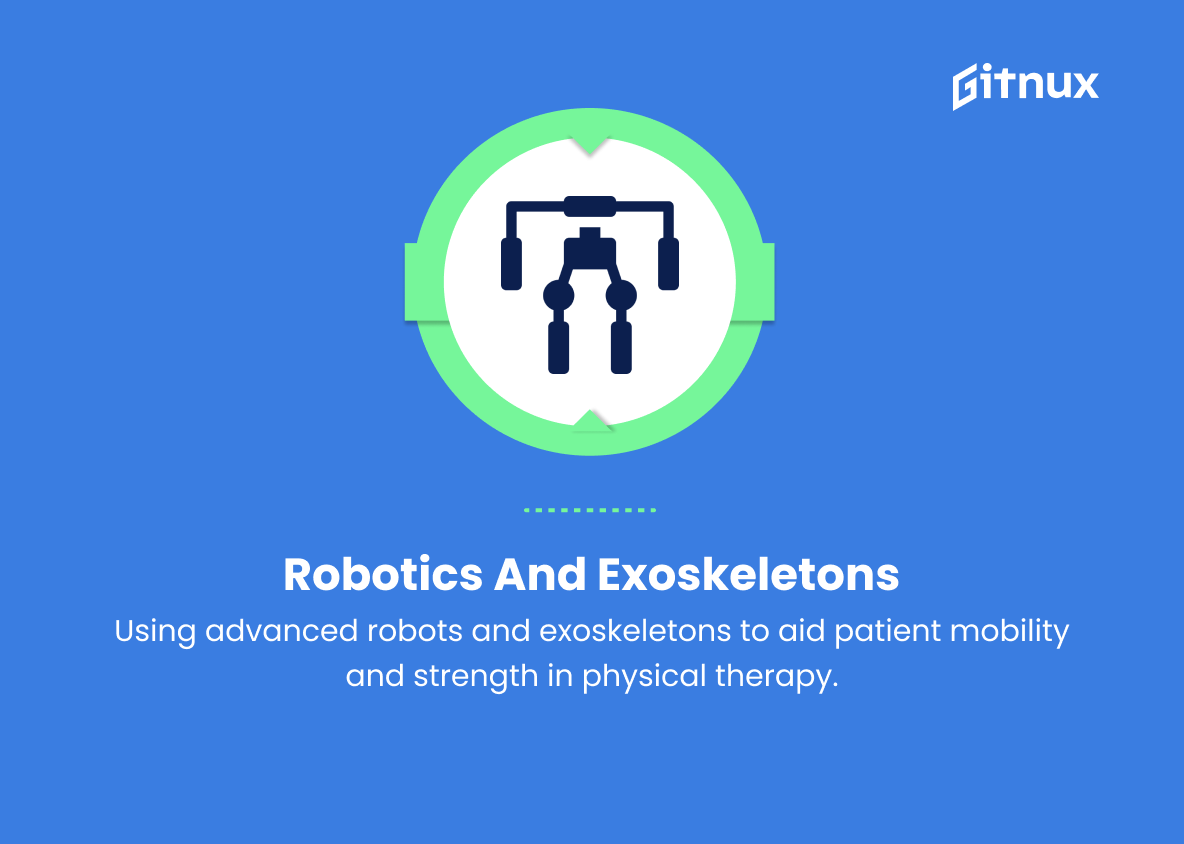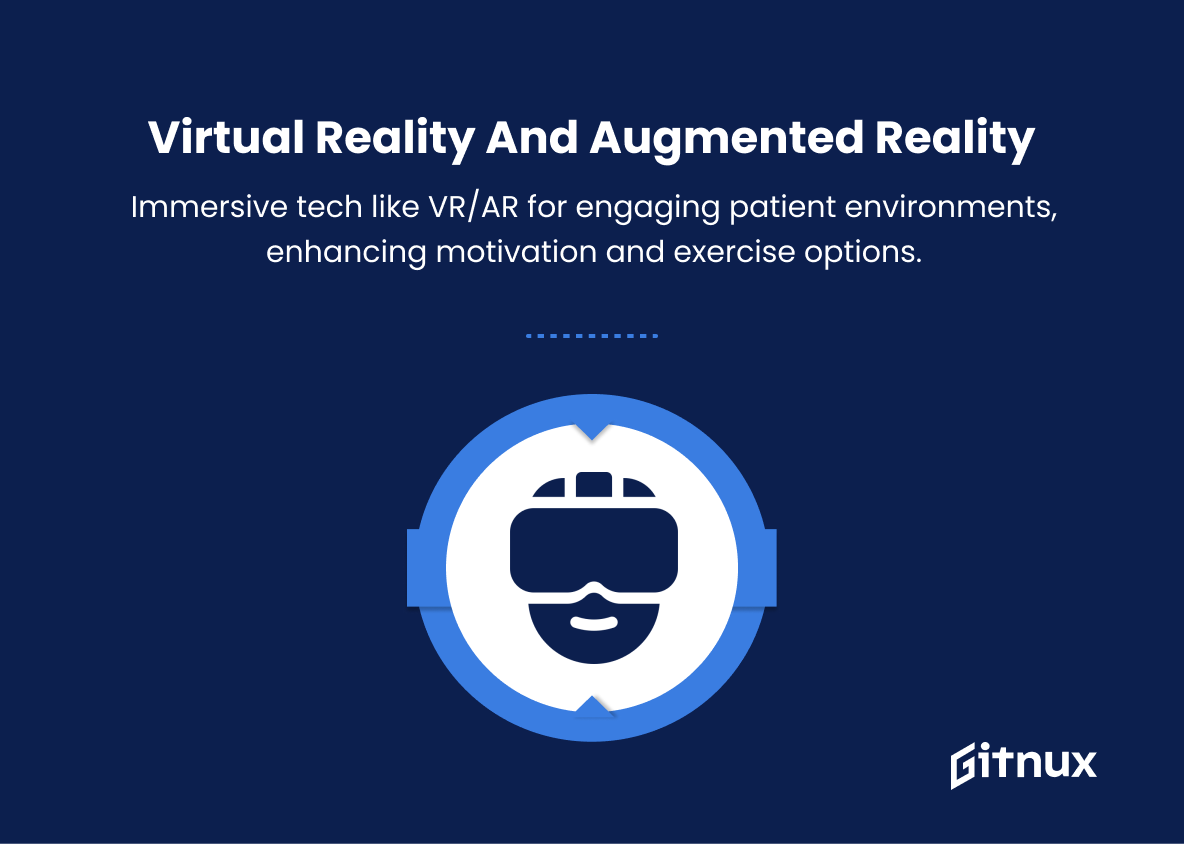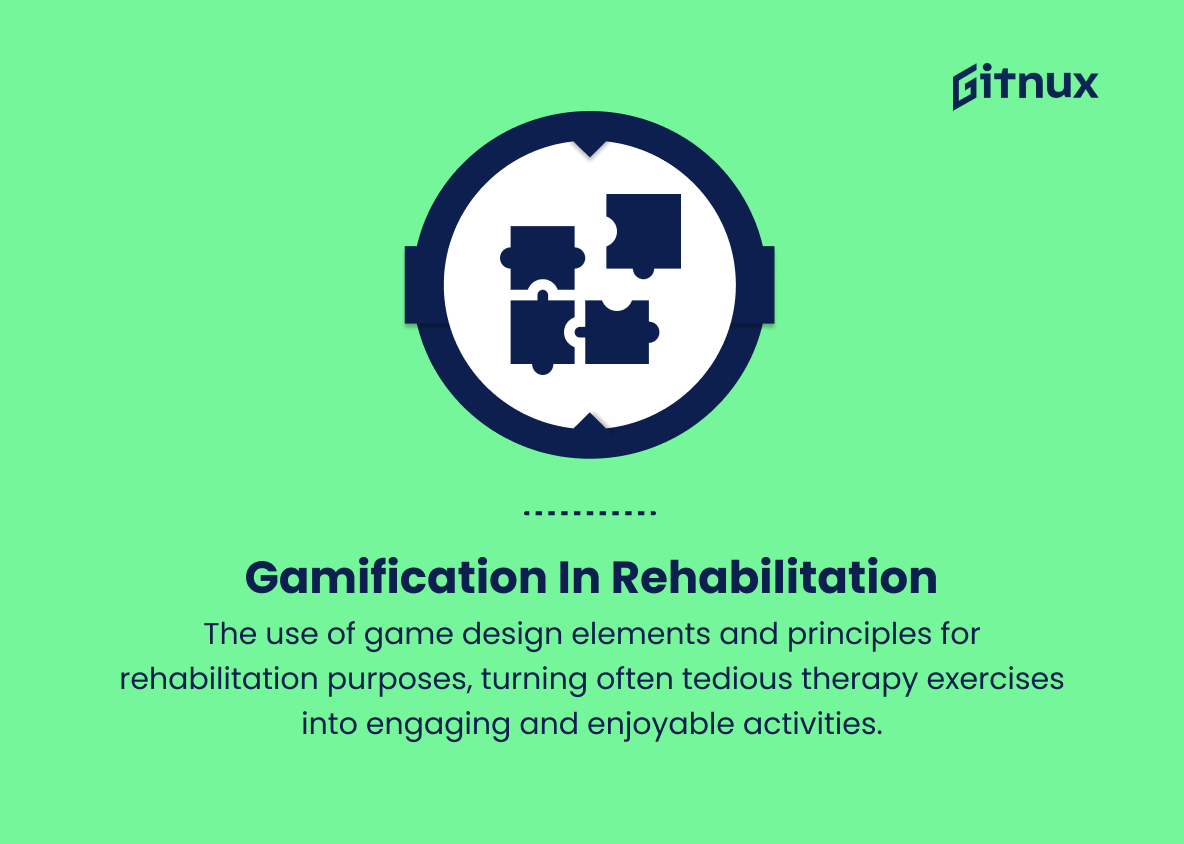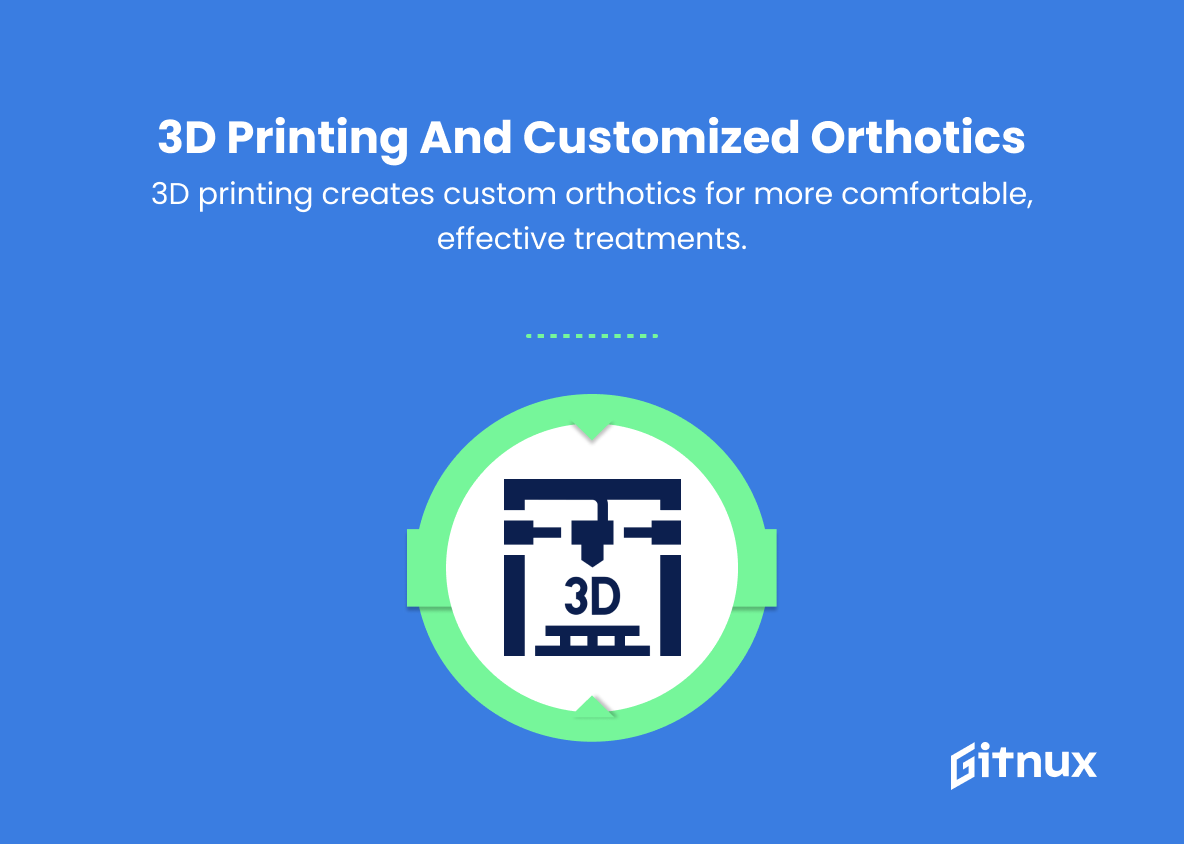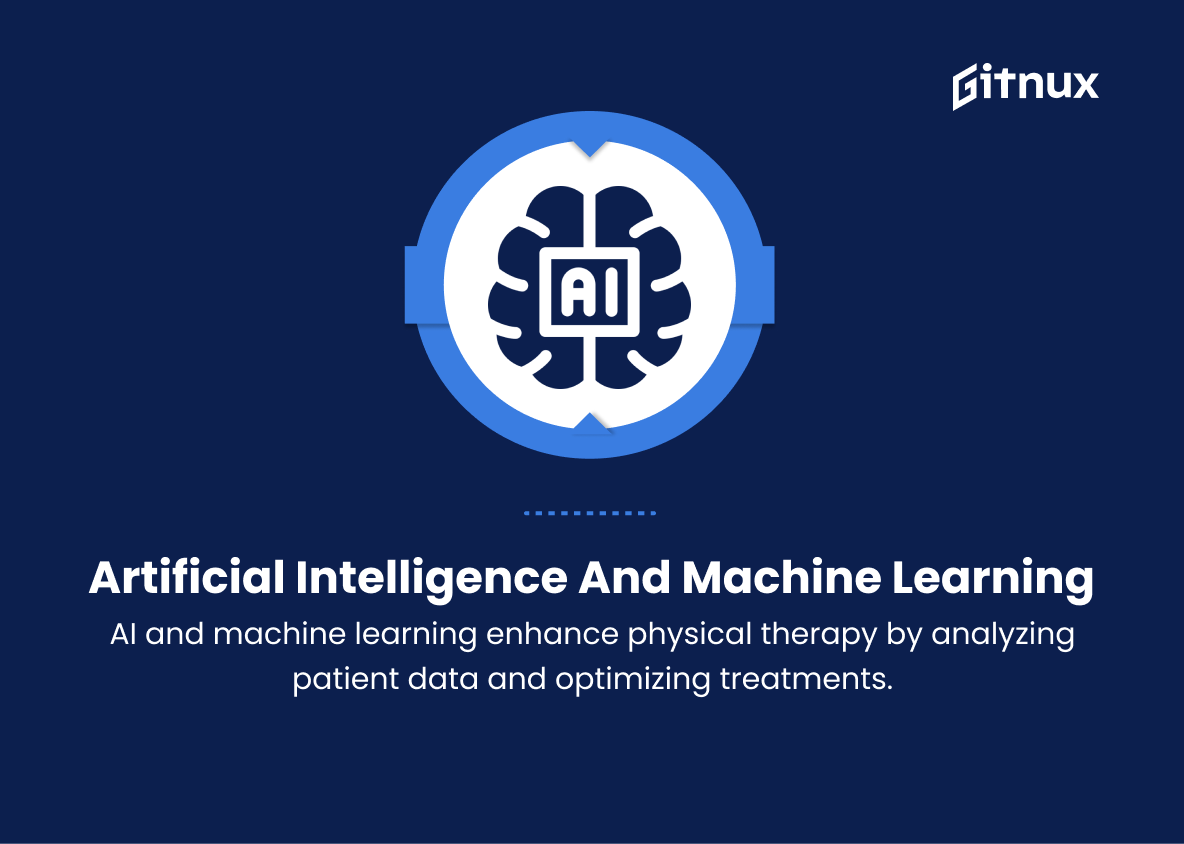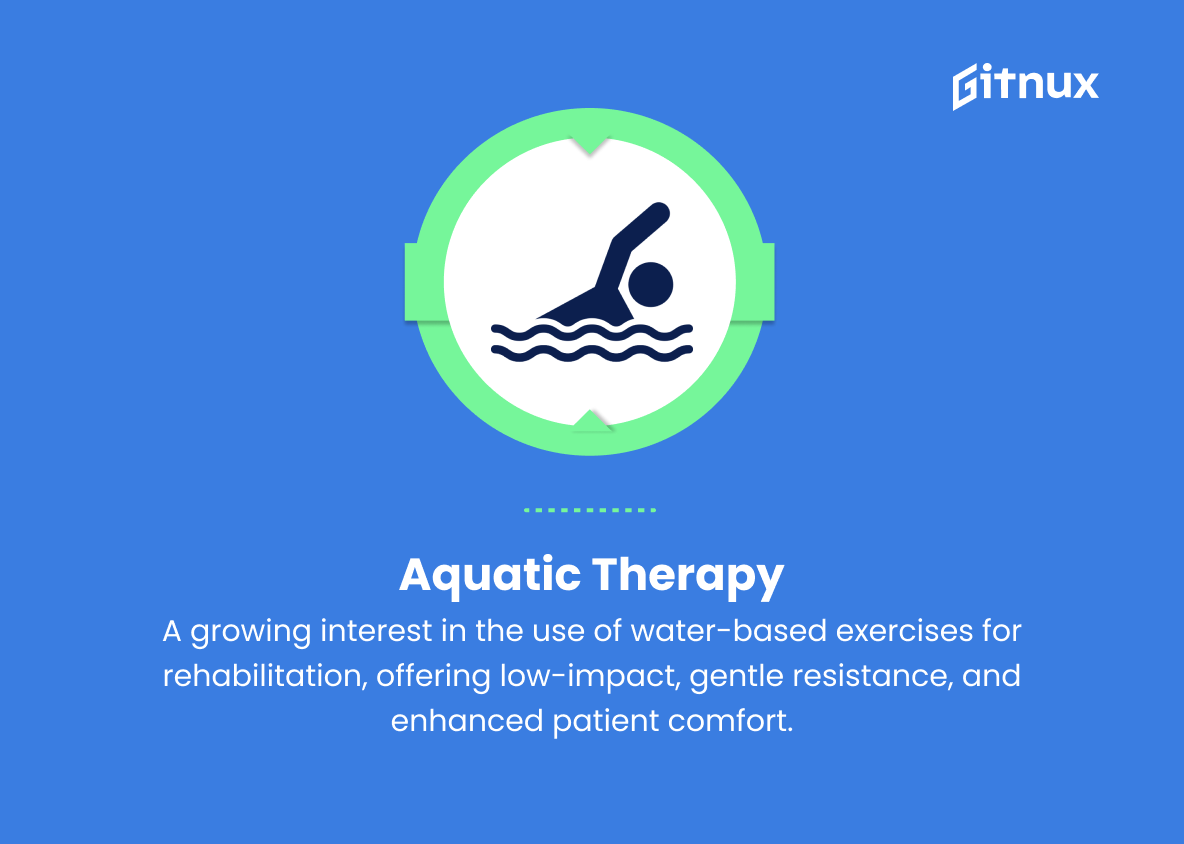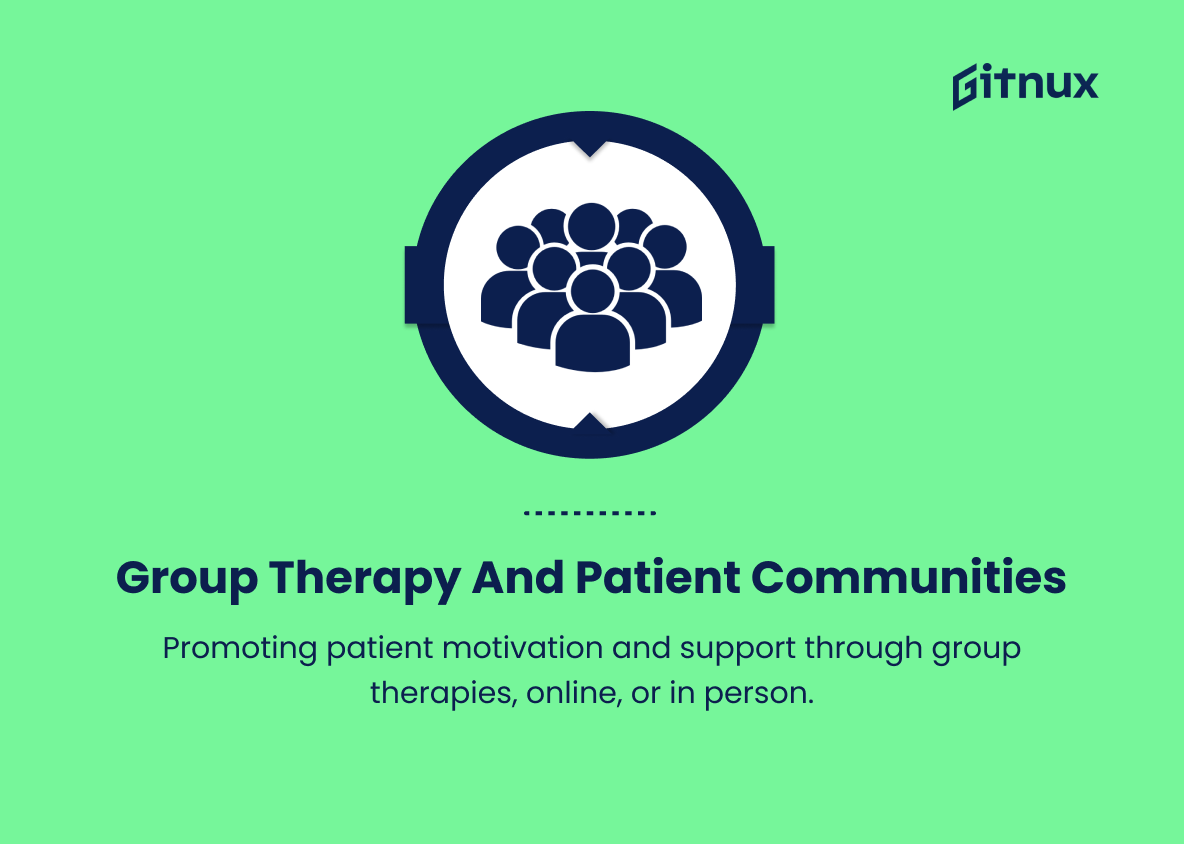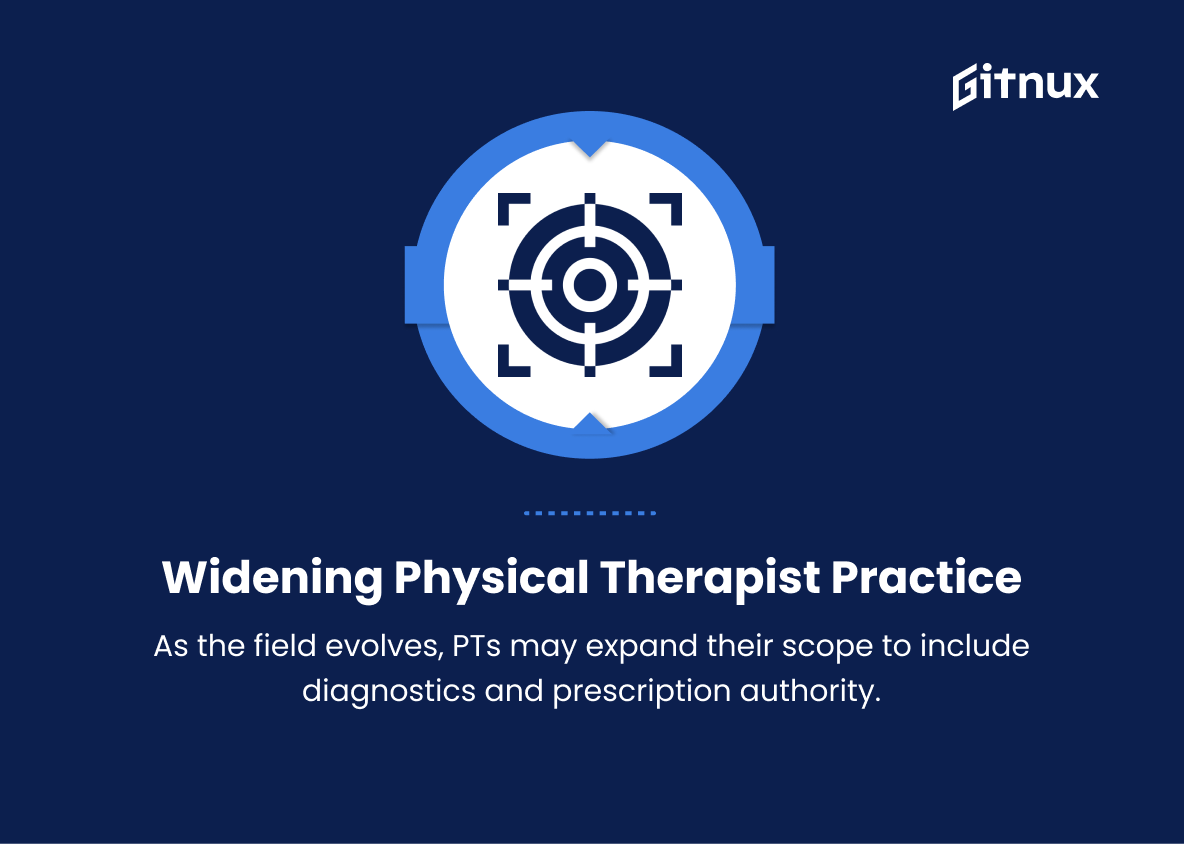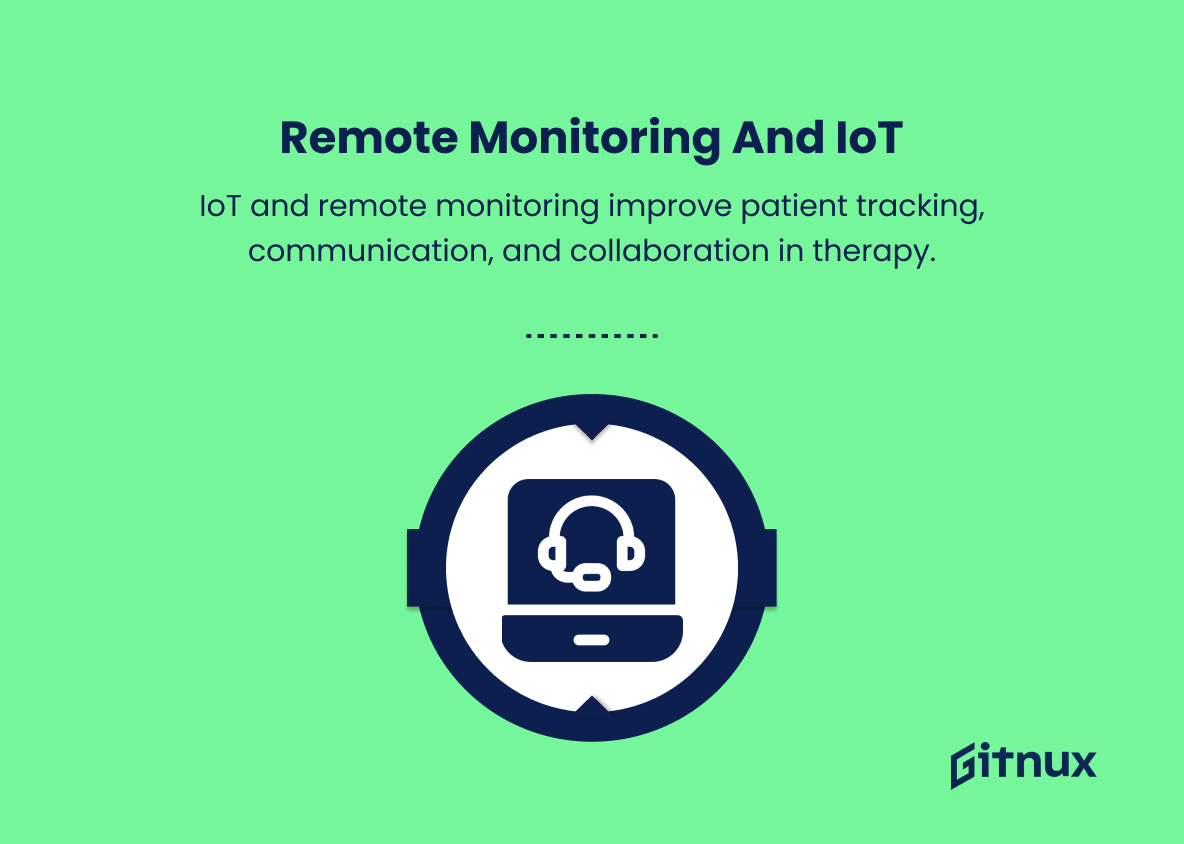In today’s constantly evolving healthcare landscape, staying informed about the latest advances and trends in physical therapy is not only a professional responsibility, but also essential in delivering high-quality care to patients.
This blog post delves into the most significant and influential trends that are currently shaping the field of physical therapy, focusing on innovative techniques, technological advancements, and emerging methodologies.
Our exploration of these trends aims to equip physical therapists, healthcare professionals, and individuals interested in this dynamic field with valuable insights that can help improve patient outcomes, streamline clinical practice, and enhance overall efficacy in physical rehabilitation.
Join us as we embark on this thought-provoking journey to discover the future of physical therapy.
Top Physical Therapy Trends
1. Telerehabilitation
The use of virtual technology and telecommunication systems to provide physical therapy services remotely, changing patients to receive care from the comfort of their homes or other locations outside the traditional in-person clinic.
2. Wearable technology
The integration of smart devices and sensor-based technology into physical therapy practices allows for continuous monitoring of patient progress, biofeedback, and personalized treatment plans.
3. Robotics and exoskeletons
The incorporation of advanced robots and powered exoskeletons in physical therapy treatments to assist patients with mobility issues, improve strength, and enhance overall functionality.
4. Virtual Reality (VR) and Augmented Reality (AR)
The use of immersive technology such as virtual reality and augmented reality to create engaging and interactive environments for patients, improving their motivation and expanding the range of rehabilitation exercises available.
5. Gamification in rehabilitation
The use of game design elements and principles for rehabilitation purposes, turning often tedious therapy exercises into engaging and enjoyable activities.
6. 3D printing and customized orthotics
Advancements in 3D printing technology allow for the creation of custom-fitted orthotic devices, tailored to the unique requirements of each patient, increasing the comfort and efficacy of treatments.
7. Artificial Intelligence (AI) and machine learning
The use of AI algorithms and machine learning techniques to analyze patient data, predict outcomes, and optimize treatment plans, increases the efficiency and effectiveness of physical therapy practices.
8. Holistic approaches and integrated care
A trend towards treating patients through a multidisciplinary approach, combining traditional physical therapy with complementary therapies such as acupuncture, massage therapy, and nutritional counseling.
9. Aquatic therapy
A growing interest in the use of water-based exercises for rehabilitation, offering low-impact, gentle resistance, and enhanced patient comfort.
10. Evidence-based practice and outcome measurement:
The continuous evaluation and adoption of treatments and interventions are supported by scientific evidence, along with the utilization of standardized outcome measures to assess and track the effectiveness of physical therapy interventions.
11. Group therapy and patient communities
Encouraging patients to participate in group therapies and sharing rehabilitation experiences through online or in-person support groups, promoting motivation, accountability, and social support.
12. Preventative care and patient education
Shifting the focus to early intervention and patient education, teaching clients self-management techniques, and promoting a healthy lifestyle to minimize injury occurrences and re-injury.
13. Expanding the scope of practice for physical therapists
As the field continues to evolve, physical therapists may see an expansion in their scope of practice, allowing them to offer a broader range of services, including diagnostic testing and prescription of certain medications.
14. Remote monitoring and IoT
The use of Internet of Things (IoT) devices and remote monitoring systems to track patient progress, adherence to home exercise programs, and overall health, improving communication and collaboration between therapists and patients.
Implications
Future physical therapy trends include telerehabilitation, wearables, robotics, and immersive experiences. Customized orthotics, AI optimization, and holistic care personalized treatment plans. Outcome measurement, group support, and preventative care focus on evidence-based practice and community health. Expanding the scope of practice and remote monitoring enhance patient care and collaboration. These trends make physical therapy more efficient, effective, and accessible.
Conclusion
In conclusion, physical therapy evolves with innovative trends like telehealth, aquatic therapy, and mental health emphasis, impacting patients’ lives.
Both practitioners and patients need to stay informed about these developments, ensuring the adoption of best practices and the continual improvement of the field. In embracing these cutting-edge trends and pushing forward into the future, physical therapy will continue to play a crucial role in enhancing patients’ quality of life, and promoting overall health and wellness.
